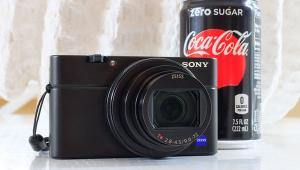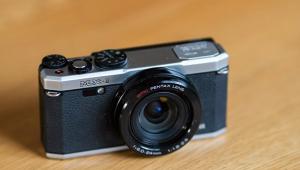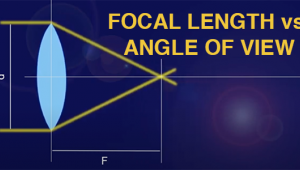As I go outdoors with this camera for nearly a full day, I carry an extra battery pack. You can use the Panasonic or Leica battery. A genuine Leica charger to charge the battery outside of the camera is available.
The lens is definitely less sharp at the long end of the zoom, but perhaps due to the overall limitations of the camera, I've found that the long-zoom JPEGs sharpen up to very nearly as good as shooting the same image up close.
The actual MSRP of the C-Lux is $1050 USD compared to the $800 Panasonic ZS200, so that's only 31 percent more rather than 50 percent.
As an aside, and while they're not directly comparable in all features, the Leica CL with short-zoom kit lens is 7-8 times the price of several fairly new APS-C cameras like the Canon M100 with kit lens. My feeling is that 31 percent more is fine for a compact camera like the C-Lux, and perhaps 2-3 times more is OK for the APS-C Leica CL given that it has a high-res EVF, but 7-8 times more is a non-starter.


 Physical Construction
Physical Construction Zoom Lens
Zoom Lens























































